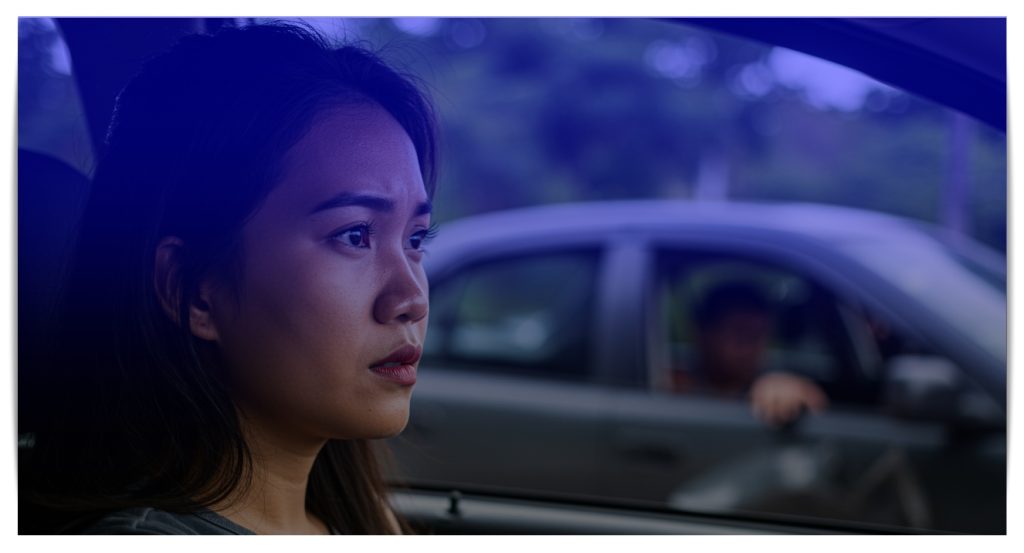A hit-and-run happens when a driver hits another person, vehicle, or property—and then speeds away without stopping to help or give their information.
There is no cost to helping in these situations—but what you do next can make a big difference.
Your actions can help catch the fleeing driver, support the victim, and possibly save a life.

Stay Calm and Protect Yourself First
Before anything else, make sure you are safe.
If you’re driving and witness the hit-and-run, pull over to a safe area.
Turn on your hazard lights to warn other drivers.
Don’t chase the fleeing vehicle—it’s dangerous and could make things worse.
If you’re on foot, move to a sidewalk or safe space away from traffic.
You won’t be able to help if you end up hurt too.
Try to Remember Key Details
While everything is still fresh in your mind, take note of what you saw.
What color was the car?
What was the make or model—like a red Toyota sedan or a black SUV?
Did you catch a part of the license plate?
Even a few letters or numbers help.
Try to remember what the driver looked like, how they were driving, or anything odd you noticed.
Was the car damaged?
Did it swerve or speed in a certain direction?
These details will help the police later.
Use Your Phone to Record Evidence
If it’s safe, take pictures or videos.
Capture the accident scene, damaged vehicles, surroundings, and any broken car parts left behind.
If the fleeing car is still in view, try to get a picture of it.
Photos are powerful tools in building a case.
Don’t rely on memory alone—let your camera back you up.
Call for Help Immediately
Dial 911 or the emergency hotline as soon as possible.
Report the hit-and-run and describe what happened.
Tell them where you are, if anyone is hurt, and what you saw.
Even if you think someone else already called, make sure emergency services are on their way.
The sooner you call, the faster the response.
Assist Any Injured Victims at the Scene
If someone is hurt, check if they’re conscious and breathing.
Talk to them calmly and let them know help is on the way.
Do not move them unless they’re in immediate danger, like if there’s fire or leaking gas.
Offer simple support like shading them from the sun or keeping them still.
Your presence alone can be comforting while waiting for responders.
Look Around for Other Witnesses
You might not be the only person who saw what happened.
Check if others nearby also witnessed the crash.
Ask them what they saw, and exchange contact information.
Different people often see different things.
Your statements together will help create a clearer picture for investigators.
Share What You Saw with the Police
When officers arrive, be ready to give your statement.
Speak slowly and clearly.
Share what you remembered, what you wrote down, and what you recorded.
Your testimony can help police find the driver and protect others from future harm.
Be honest, even if you’re not 100% sure about every detail.
Leave a Note If the Victim Isn’t Around
Sometimes, the person who was hit might not be there—like if a parked car got hit.
If this happens, leave a note on their windshield.
Include your name, contact number, and a brief summary of what you witnessed.
This allows the car owner to reach you for support or questions later.
You don’t have to get involved in the legal process unless you want to—but your help can make all the difference.
Cooperate with Follow-Up Investigations
After your report, you might be contacted by the police or insurance investigators.
They may ask for more details or to confirm your earlier statement.
If you gave photos or videos, keep the originals just in case.
Stay consistent and stick to what you saw.
Even a short follow-up can help strengthen the case.
READ ALSO: List of Common Road Emergencies and How to Handle Them
Why Your Role Matters
Witnessing a hit-and-run can feel overwhelming—but you are not powerless.
Your report may be the only lead police have.
Your voice might help a family get justice.
And your care could be what someone remembers most on the worst day of their life.
You don’t have to be a hero—just a good neighbor.
You Can Help Without Putting Yourself at Risk
You’re not expected to chase down drivers or confront them.
In fact, it’s better if you don’t.
Focus on staying safe, collecting information, and passing it to authorities.
Let the police handle the rest.
This is how you become part of the solution—safely and responsibly.
Frequently Asked Questions
1. What if I didn’t see the whole hit-and-run—should I still report it?
Yes. Even partial information is useful. Tell the police what you did see, no matter how little it seems.
2. Will I have to go to court if I report a hit-and-run?
It depends. Most of the time, witnesses are not required to go to court. But if needed, you’ll be contacted.
3. What if I’m afraid to get involved?
You can still give an anonymous tip through hotlines. Your identity can be kept private.
4. Can I be held responsible if I move an injured person?
Only move someone if there’s an urgent danger, like fire. Otherwise, wait for medical help to avoid making injuries worse.
Conclusion
No one wants to see a hit-and-run.
But if you do, your quick and calm response can turn a terrible moment into one that leads to justice and care.
Remember these key steps:
- Stay safe
- Collect and record details
- Call for help
- Support the victims
- Share your account with authorities
You never know—your small act of witness might lead to big change.